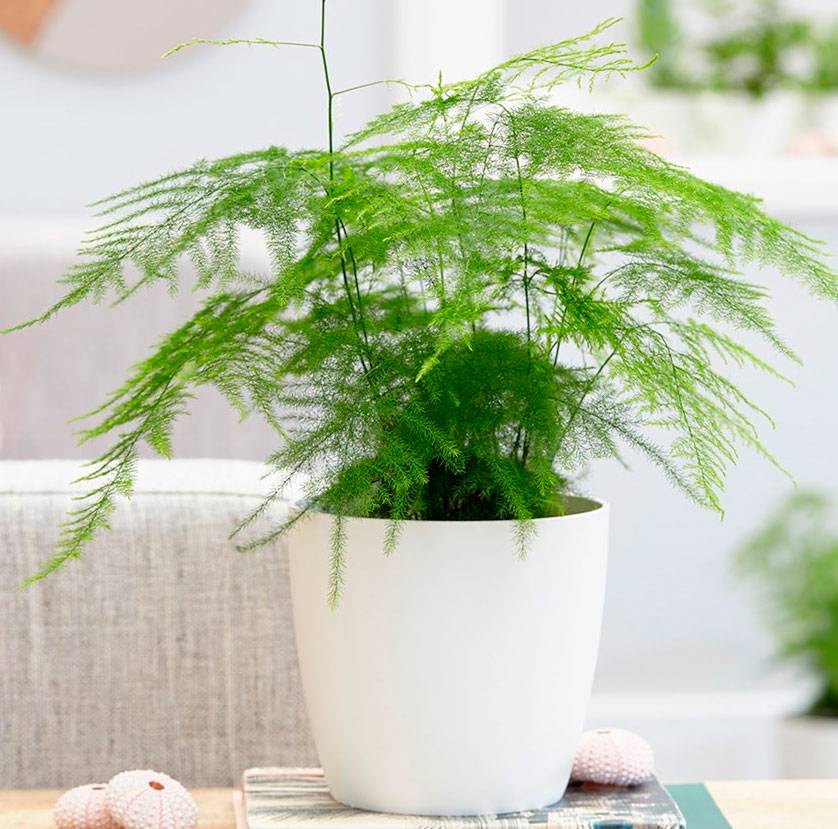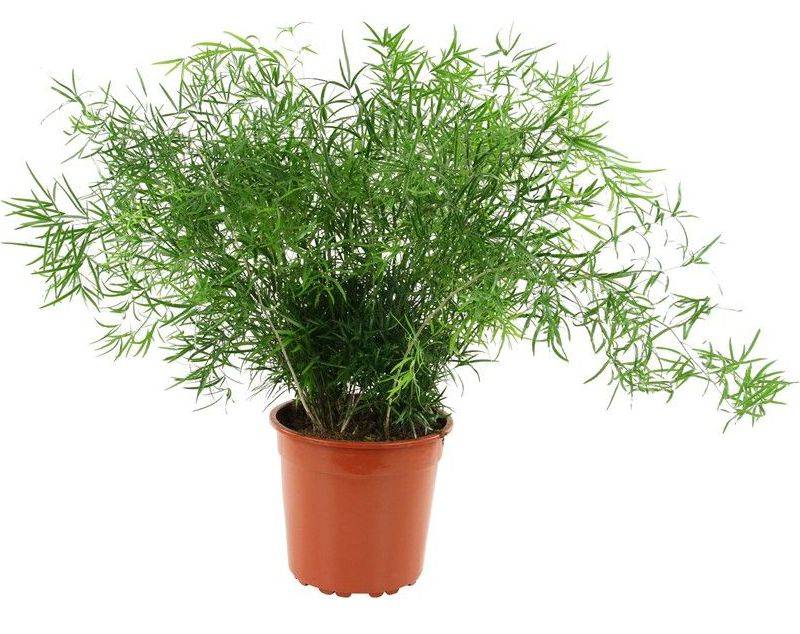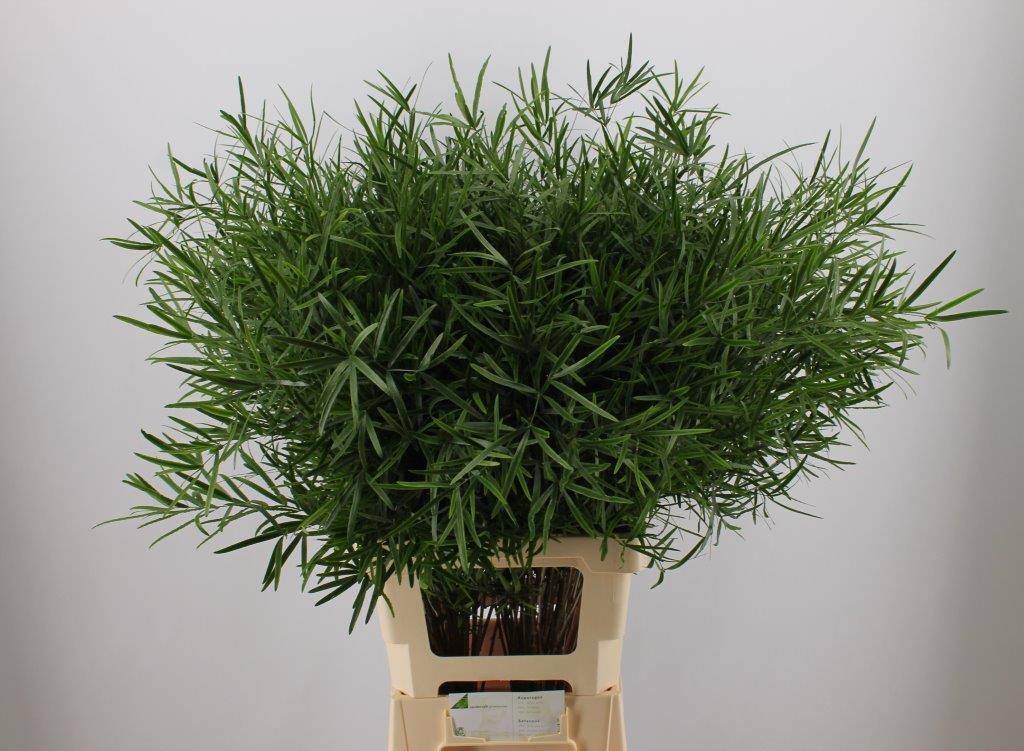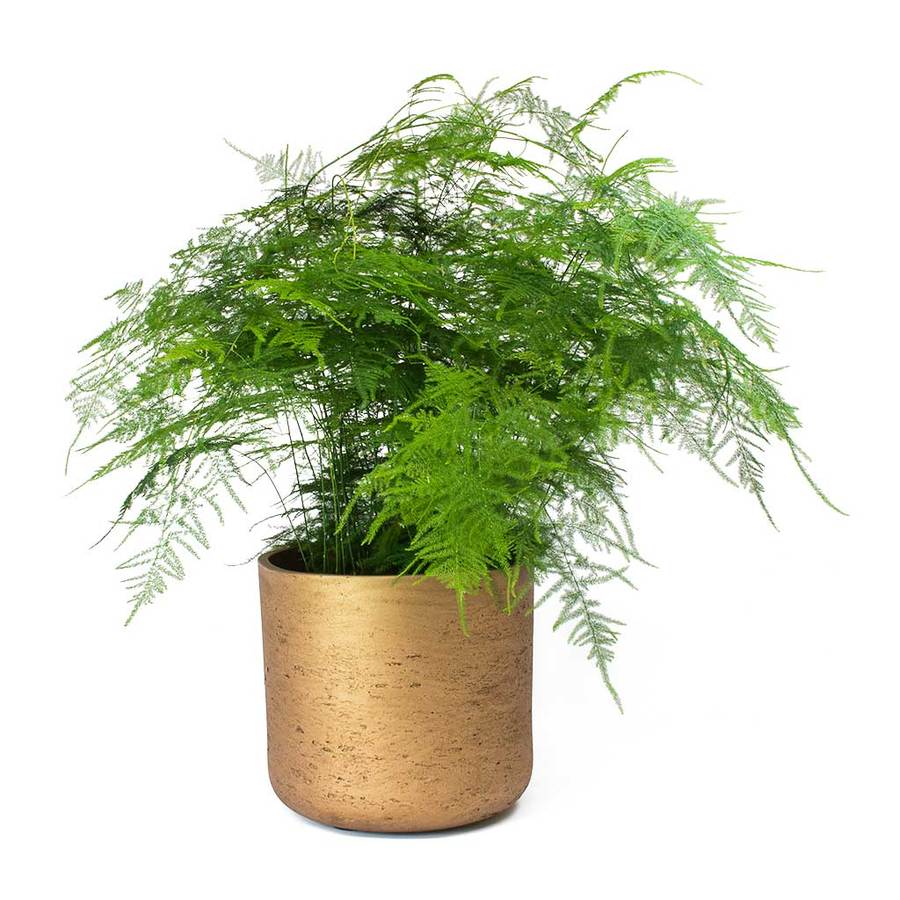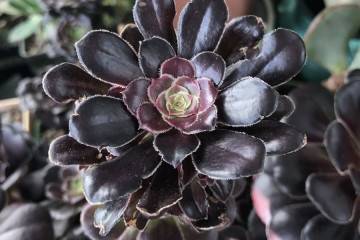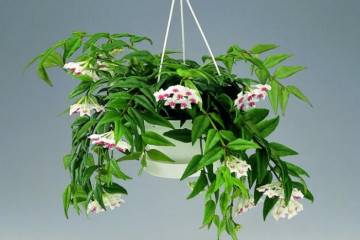Asparagus - types and care at home
Content:
Visually, asparagus is very much like a fern. The homeland is considered to be Asia, Africa and Europe. Today the plant belongs to the Asparagus family, and more recently it was attributed to the Liliaceae family. There are about 300 varieties called asparagus.
What does asparagus look like?
An ornamental plant is very common due to its unusual appearance. Some see it as a coniferous plant, while others see it as a fern plant. In terms of chemical composition and botanical descriptions, asparagus has nothing to do with them. The plant is characterized by a strong horizontal root system with a large number of vertical branches. In nature, it can be found in steppe and forest zones, in meadows. Prefers alkaline soil with a rich chemical composition. The aboveground part of the culture itself contains essential oils, amino acids, mineral salts, carotene, proteins, etc.
The first Asparagus Aethiopicus appeared over two millennia ago. The culture can reach a height of 1.5 meters. Stems are straight, with a smooth and shiny surface. Up from the stems, branches emanate, on which scaly, straight and thin leaf plates are formed. The length of the leaves can reach 3 cm. Flowers can form on the stem and shoots. Visually, the inflorescences resemble milk-colored bells with oblong petals. Inflorescences form in late spring or early summer, depending on weather and climatic conditions.
Asparagus species grown in Russia
The plant grows in its natural environment almost anywhere in the world. Cut twigs are often used to decorate flower arrangements. Due to its wide variety of species, asparagus is popular with landscape designers. It is used in both vertical and horizontal landscape compositions.
Species that are bred and cultivated in Russia:
- Plumosus;
- Outdoor frost-resistant perennial;
- Crescent;
- Meyer;
- Falkatus;
- Umbelatus;
- Dense-flowered Sprenger;
- Setaceus.
Now you should familiarize yourself with each in more detail.
Asparagus plumosus
The second name is pinnate asparagus, caring for it will not create difficulties even for a novice florist. Grows in the form of a shrub. A characteristic feature is the formation of climbing shoots. The surface of the stems is smooth, glabrous. Blooms in bunches, each with 3-12 pieces of flowers. Visually resembles a fern. After flowering, the fruit is formed of a dark blue color and spherical shape. The diameter of each such box is on average 6 mm.
One of the main conditions of detention is an increased level of humidity. Deficiency of moisture inevitably becomes the cause of yellowing of cladodia and lack of flowering. Direct sunlight should also be avoided, otherwise burns cannot be avoided. Watering is recommended with hard water with a high concentration of calcium.
Asparagus crescent
Home care for Sickle Asparagus is simple. Prefers to grow in nutritious soil, needs abundant watering. There are several ways to propagate a garden and indoor plant at the same time:
- dividing the bush;
- cuttings;
- seeds.
Perhaps one of the most common home-grown plants in Russia. It develops extremely quickly. It has a powerful root system and shiny leaves of a rich emerald hue and an oblong shape. One of the main growing conditions is regular pruning.
Asparagus Falcatus
A characteristic feature of the species is the crescent-shaped arrangement of the cladodia. This representative is the largest in comparison with its relatives. Because of this feature, ornamental crops often need to be pruned. The plant has thin leaf plates, the width of which does not exceed 5 mm, and their length ranges from 8-10 cm.
Falkatus is easy to care for. It grows actively in both shaded and sunny areas. Falcatus flowers are small, white or pinkish in color, formed at the base of the leaves. During the flowering period, the bush exudes a pleasant, but not intrusive aroma.
Sprenger's dense-flowered asparagus
Asparagus Sprenger, home care for which does not have specific requirements, is also called Sprenger asparagus. This perennial creeping shrub grows in the wild on rocky mountain slopes. It can reach a height of 1.3-1.5 m. During flowering, the dense-flowered asparagus exudes a pleasant aroma. The plant begins to bloom at the end of May. The dwarf shrub falls in late autumn.
Asparagus Setaceus
This culture has the poorest health in comparison with the rest of the family. Frost resistance indicators are low. If the temperature drops below +12, the plant will die. Needs constant feeding with mineral, organic or complex fertilizers. The air humidity in the room should be at least 70%. If the moisture readings are less, then gradually the leaves will begin to turn yellow and fall off.
Asparagus Umbelatus
This plant is also called pyramidal or umbrella-shaped asparagus. A useful fact for the owners of Umbelatus: he can be same-sex and bisexual, and he also has excellent indicators of frost resistance. The plant's root system is also well developed, so it quickly adapts to any conditions. In nature, it grows in almost all climatic zones. Possesses excellent indicators of frost resistance.
Leaf plates are compact in size, slightly pointed at the end, smooth and thin. During flowering, large flowers form, their diameter reaches 1.5 cm. At first, the flowers will fluff up, then they will begin to fade and a fruit is formed in their place, the color of which can be yellow or red. The culture does not tolerate gusts of wind or drafts, too dry air. If the humidity in the room is below 70%, then the bush must be additionally irrigated.
Asparagus Meyer
This representative of asparagus is capable of growing up to 0.5 m. Its stems are long and thin, therefore, under the weight of cladodia, they tend to the ground. Under favorable growing conditions, the culture begins to bloom in June. The flowers are bell-shaped, and their petals are yellowish-white or milky. After flowering, spherical fruits of a bright red color appear.
Meyer is very common among domestic flower growers, although he is a little capricious in care. He needs regular and abundant watering. In the hot season, even double irrigation of the bush daily may be necessary. When the temperature drops below +10 degrees, sap flow slows down.
Asparagus street winter-hardy perennial
It is also called asparagus Trifern.The culture tolerates a drop in temperature to +10 degrees well. At lower temperatures, asparagus needs shelter. Needs regular and abundant watering, as well as regular fertilization. The flowers are small and white in color. As soon as they bloom, in their place, fruits of a deep red color are formed. Requires an annual transplant, which is highly recommended in early or mid-spring.
Asparagus is an ornamental crop that can be grown both at home and outdoors. Even a novice grower can cope with care, since the plant has good health and is practically not susceptible to the development of diseases and attacks of pests. One of the main conditions for successful cultivation is the acquisition and / or preparation of high-quality planting material.

